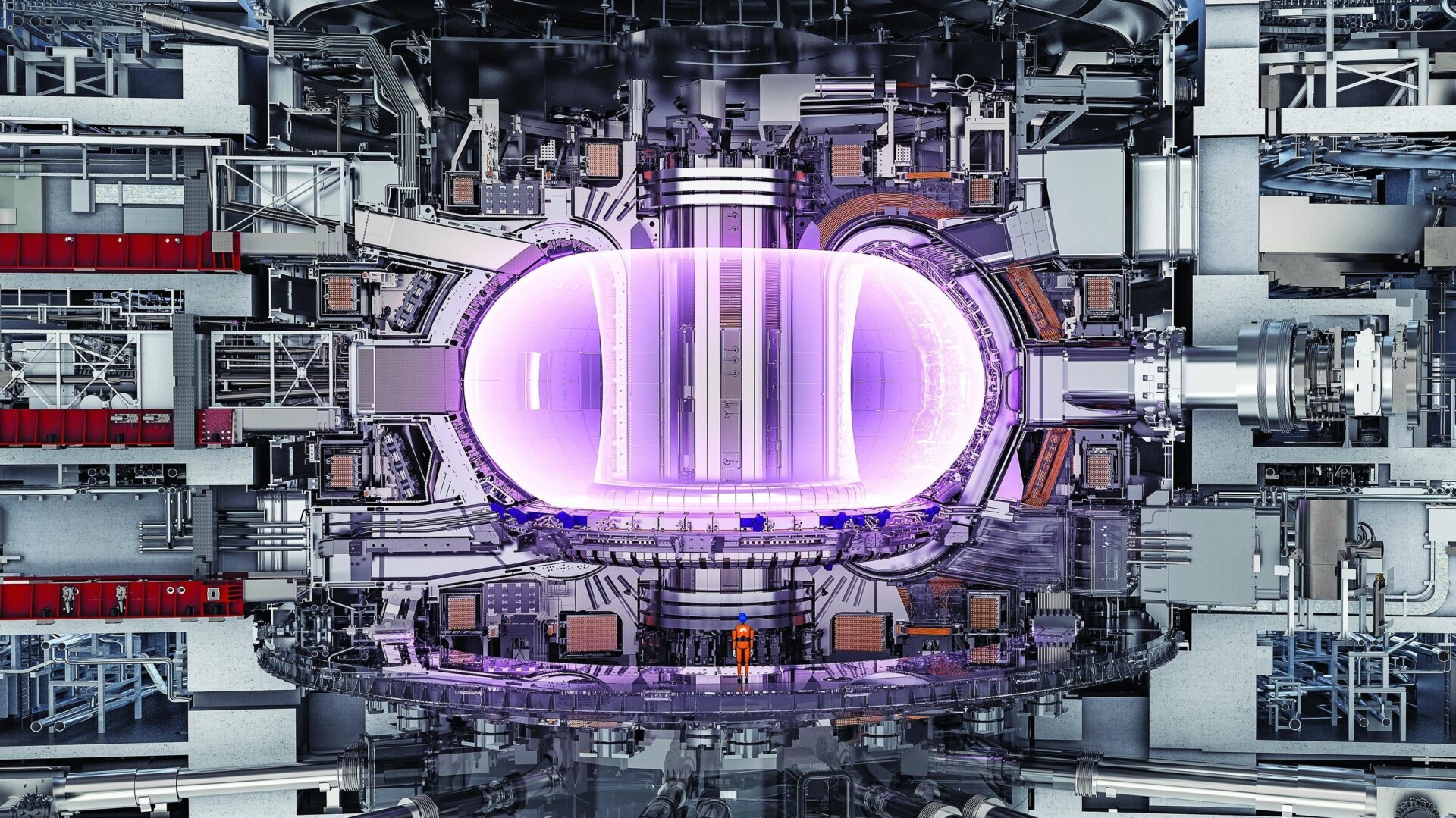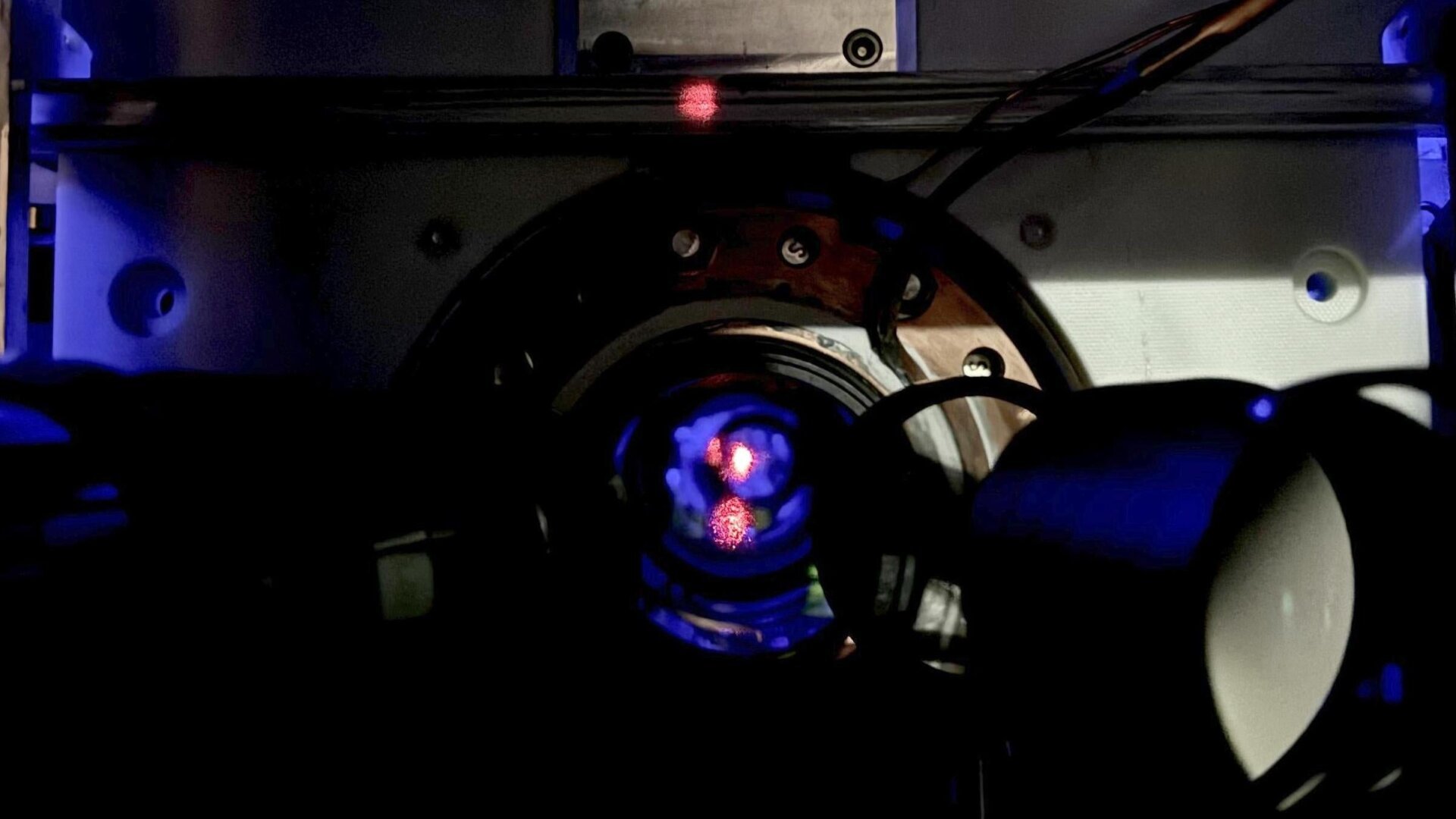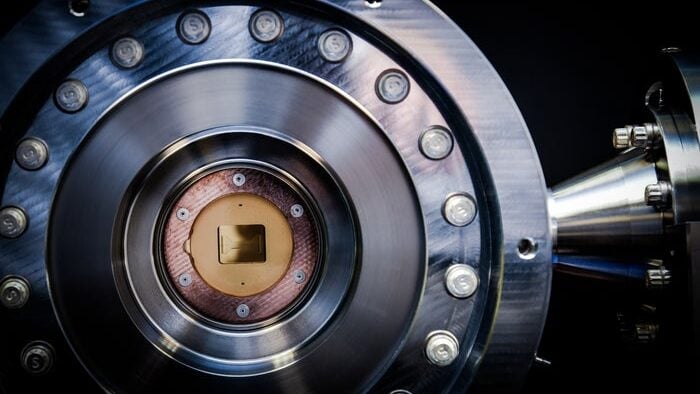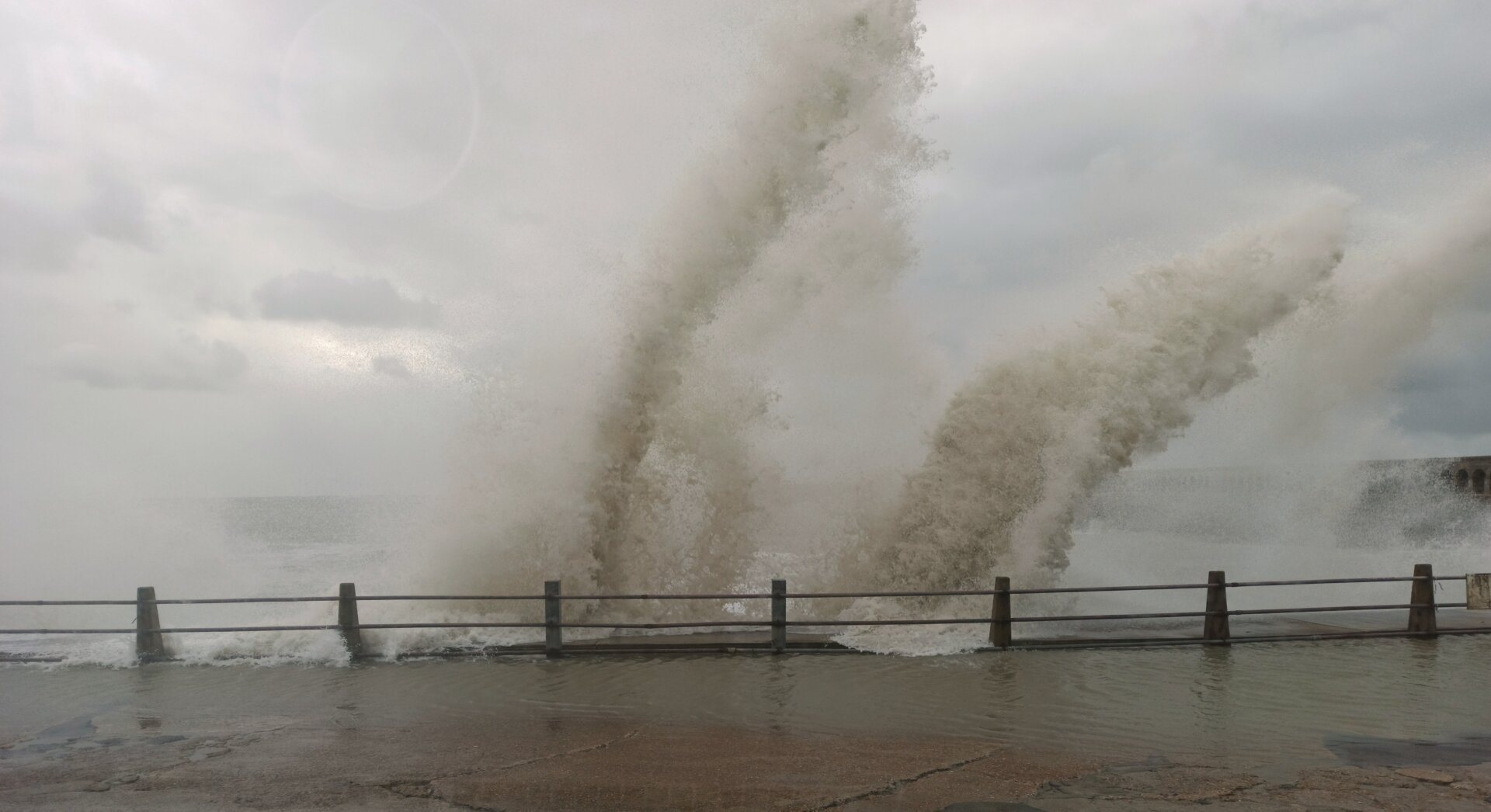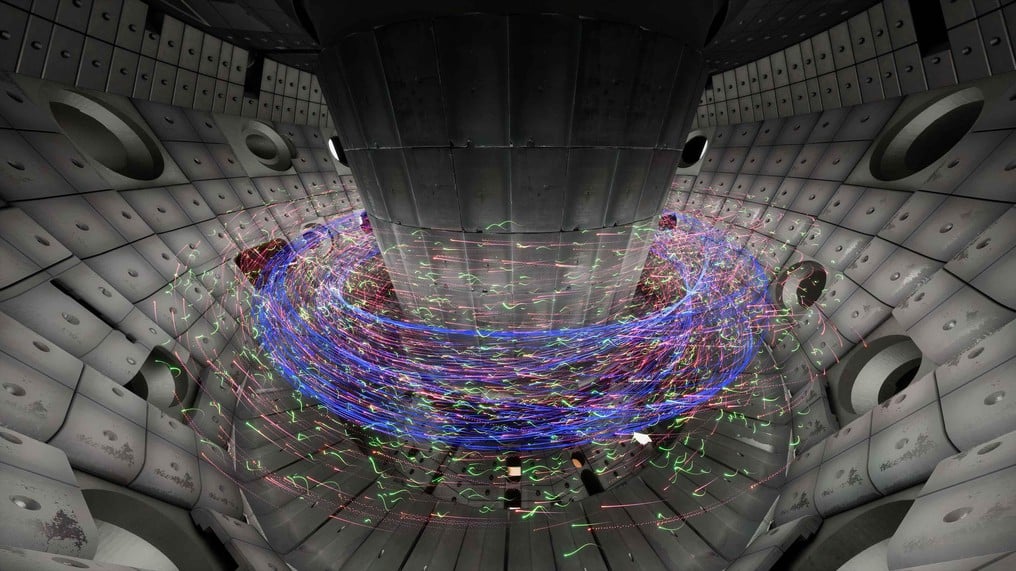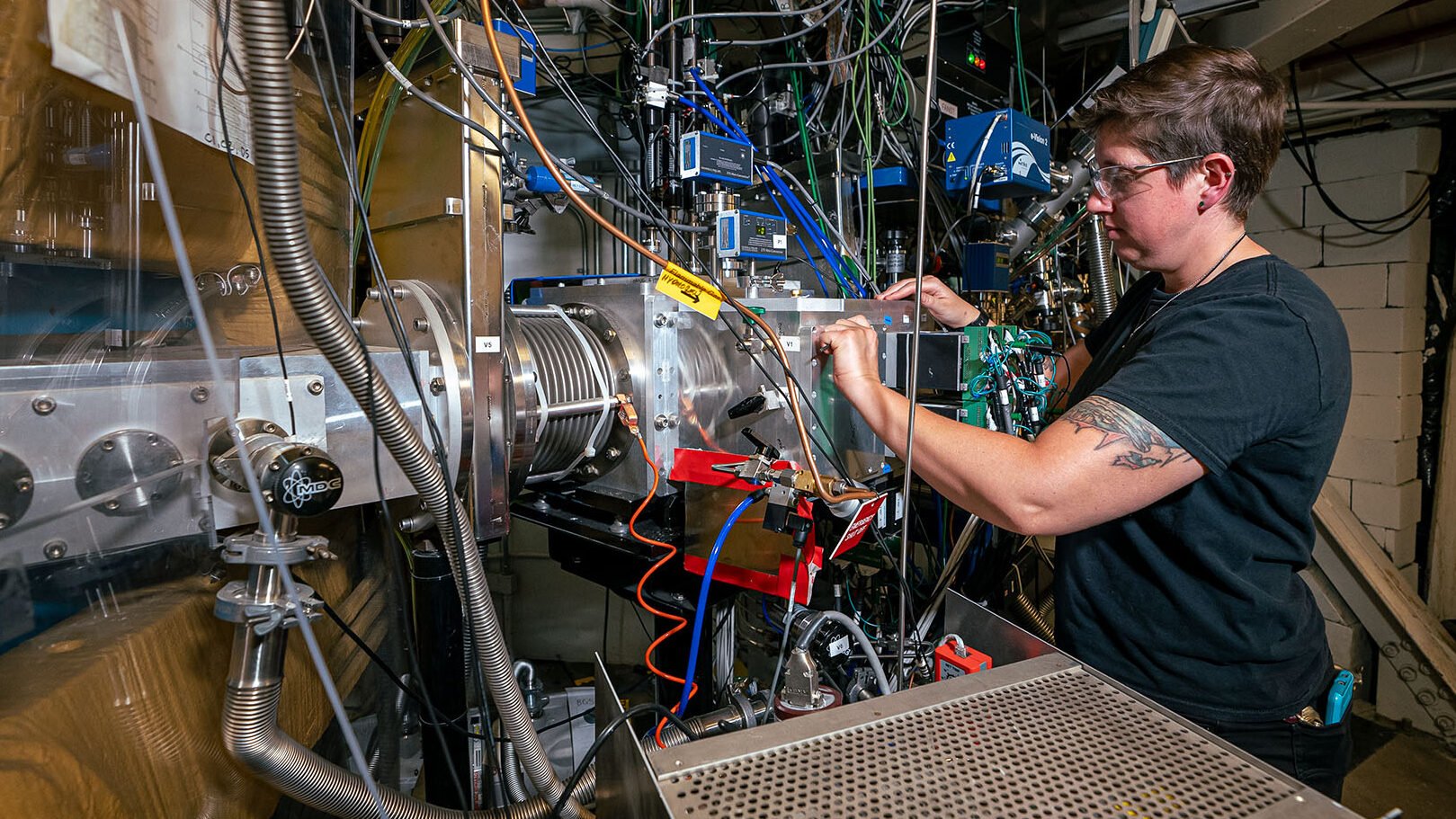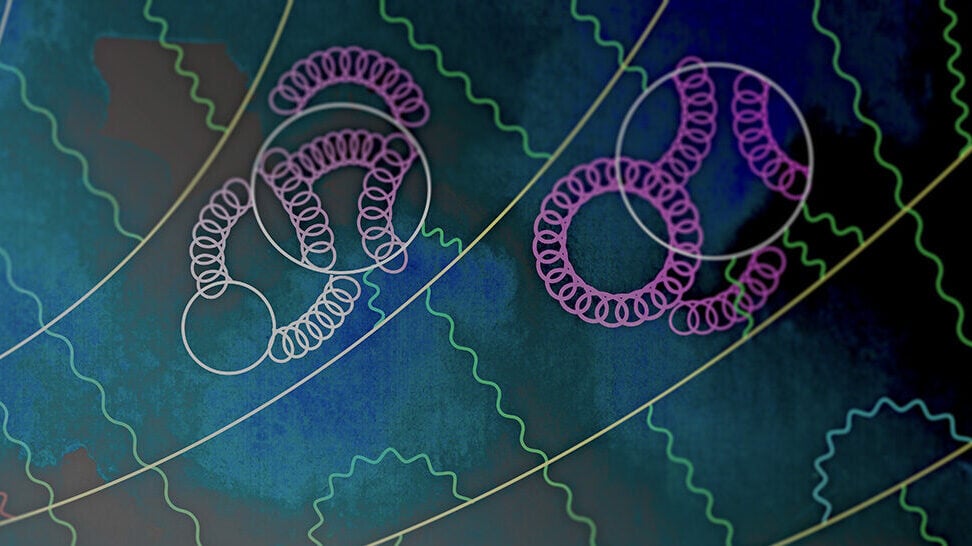The International Thermonuclear Experimental Reactor (ITER), the world’s largest tokamak, has announced significant delays, pushing back its operational timeline by at least ten years. This news, while anticipated by many within the scientific community, officially confirms the prolonged wait for this highly anticipated nuclear fusion machine.
ITER, a massive doughnut-shaped device, uses powerful magnetic fields to contain and control superheated plasma, inducing nuclear fusion. This process, where light atomic nuclei combine to form a heavier nucleus, releases immense amounts of energy. Nuclear fusion holds the promise of clean, sustainable energy, but significant engineering and economic hurdles remain before it can become a practical reality. The project’s previous timeline, established in 2016, has been further impacted by the global pandemic, adding to pre-existing delays. As reported by Scientific American, ITER’s costs have quadrupled initial estimates, now exceeding $22 billion.
New Baseline Prioritizes Research Operations
During a recent press conference, ITER Director General Pietro Barabaschi addressed the delays and outlined a revised project baseline. Acknowledging that the 2025 “First Plasma” target was unattainable, Barabaschi emphasized the new baseline’s focus on the “Start of Research Operations.” This revised approach aims to mitigate operational risks and prepare the device for deuterium-tritium fusion reactions. Instead of a brief, low-energy test in 2025, more time will be dedicated to commissioning the experiment with increased external heating capacity. Full magnetic energy operations are now projected for 2036, three years later than the initial 2033 target. While deuterium-deuterium fusion operations remain on track for around 2035, the start of deuterium-tritium operations is postponed to 2039, a four-year delay.
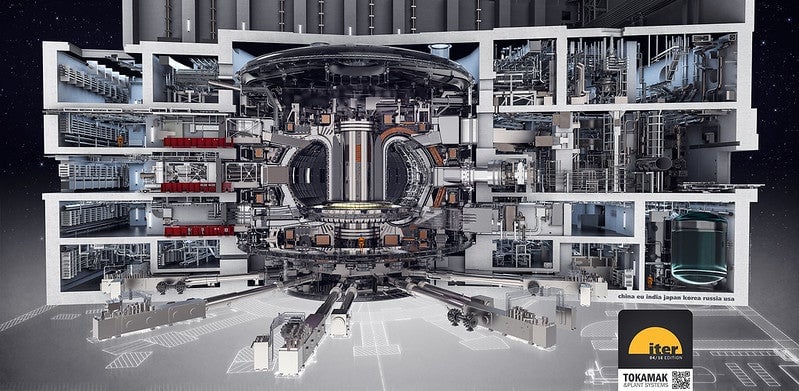 A mockup of the ITER tokamak and its integrated systems.A diagram illustrating the ITER tokamak and its integrated systems. Illustration: Oak Ridge National Laboratory
A mockup of the ITER tokamak and its integrated systems.A diagram illustrating the ITER tokamak and its integrated systems. Illustration: Oak Ridge National Laboratory
Significant Milestones and Challenges
Funded by an international consortium comprising the European Union, China, India, Japan, South Korea, Russia, and the United States, ITER continues to progress, albeit slowly and at a significantly higher cost than initially projected. A major milestone was reached this week with the shipment of the tokamak’s toroidal field coils, massive magnets crucial for containing the plasma. These 56-foot-tall (17-meter) coils, cooled to -452.2 degrees Fahrenheit (-269 degrees Celsius), will encircle the plasma vessel, enabling precise control over the fusion reactions.
The sheer scale of ITER’s infrastructure is impressive. Its combined toroidal field coils have a cold mass of 6,614 tons (6,000 tonnes), dwarfing the 408-ton (370-tonne) magnet in CERN’s Atlas experiment, currently the largest of its kind.
ITER’s ambitious goals include demonstrating the integrated systems required for industrial-scale fusion, achieving a Q≥10 benchmark (500 megawatts of fusion power output for 50 megawatts of heating power input), and achieving Q≥5 at steady-state operation. These are challenging objectives, but ongoing fusion experiments in tokamaks and laser facilities are steadily advancing the field towards achieving energy-positive fusion reactions.
Scientific Viability vs. Practical Utility
It’s important to distinguish between scientific progress towards fusion and its practical application as a viable energy source. While ITER aims to demonstrate fusion’s technological feasibility, its economic viability remains a separate and complex challenge. Making fusion power not only workable but also a cost-effective contributor to the power grid is a significant hurdle.
Close-up of the ITER TokamakA detailed view of the ITER Tokamak’s construction.
Material Shift and Long-Term Vision
Barabaschi also announced a shift in the plasma-facing material from beryllium to tungsten, citing tungsten’s greater relevance for future “DEMO” reactors and eventual commercial fusion devices. This decision is supported by recent successes in other tokamaks, such as WEST sustaining plasma three times hotter than the Sun’s core for six minutes using a tungsten casing, and KSTAR replacing its carbon diverter with a tungsten one.
Conclusion: A Marathon, Not a Sprint
Nuclear fusion holds immense potential as a future energy source, but it’s crucial to maintain realistic expectations. While research and development in this field are essential, it’s premature to rely on fusion as the sole solution to our reliance on fossil fuels. The scientific advancements are encouraging, but the journey to practical fusion energy remains a long and complex one, akin to an ultra-marathon rather than a sprint.



